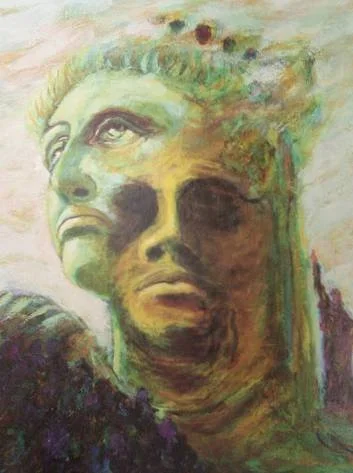Halloween Special: Surreal Moments in Anthony Quinn’s Art and Film
There was always something elemental about Anthony Quinn — something that lived between light and darkness. He could be tender and terrifying in the same breath, a force that seemed carved out of the same stone as the characters he played.
As Halloween approaches, a season that celebrates transformation and the blurred line between human and mythic, it feels fitting to revisit the haunting, surreal edge that runs through both Quinn’s cinematic work and his art. His creative world was never just beautiful, it was profoundly, and sometimes unsettlingly, alive.
The Gothic Pulse of The Hunchback of Notre Dame (1956)
Among Anthony Quinn’s many powerful performances, his portrayal of Quasimodo in The Hunchback of Notre Dame (1956) remains one of the most haunting. Directed by Jean Delannoy, this French-Italian adaptation of Victor Hugo’s classic novel was notable for its visual grandeur.
Quinn’s Quasimodo was unlike any before him. Beneath layers of prosthetics, he infused the outcast bell-ringer with both terror and tenderness — a creature of deformity whose spirit burned with beauty. His performance echoed the physical intensity that defined much of his work: eyes wild, gestures volcanic, yet always grounded in humanity.
The film’s imagery — looming cathedrals, fractured shadows, and silent anguish — mirrors motifs later found in Quinn’s artwork. The distorted arches of Notre Dame could just as easily frame one of his sculptures: bodies twisted under emotional weight, faces half-formed as if emerging from clay.
A Life of Surreal Transformations
Throughout his career, Anthony Quinn actor roles often carried an undercurrent of transformation — from saint to sinner, beast to man.
In Barabbas (1961), he portrayed the criminal chosen to live instead of Christ, wrestling with faith and guilt in scenes that bordered on the mystical.
In Requiem for a Heavyweight (1962), his broken boxer clawed through despair with the same sculptural physicality found in Quinn’s bronzes.
Even in lighter films like The Secret of Santa Vittoria (1969), he channeled a mythic quality: flawed men made larger-than-life by emotion.
These performances blur the line between realism and the surreal, embodying Halloween’s favorite themes — masks, metamorphosis, and the monstrous beauty of being human.
The Surreal in Quinn’s Art
That fascination with transformation found a second life in Anthony Quinn’s art.
In his paintings and sculptures, Anthony Quinn explored dreamlike dualities — angels with human flaws, mythic figures half-born from stone, lovers caught mid-embrace like ghosts of movement.
Title: Facets of Liberty, Serigraph, 1986
In Stock
Product Type: Limited Edition Serigraph
Paper Size : 31 x 23 1/2 in 78.7 x 59.7 cm
Pieces such as the Alexander, convey the same muscular emotion as his film roles: tactile, raw, and restless.
This connection between cinema and sculpture defines Quinn’s legacy.
His art, like his characters, moves between darkness and revelation, capturing emotion as something sculptural — heavy, textured, eternal.
Continue the Experience
For admirers who wish to bring a piece of that spirit into their own homes, a curated selection of Anthony Quinn limited-edition prints is available through the Anthony Quinn Estate Online Shop.
Each work captures the essence of Quinn’s vision — timeless, emotional, and unmistakably alive — allowing collectors and fans alike to continue celebrating the enduring artistry of this cultural icon.
Title: Tribal Series : Wind on Buffalo Grass, 1985
In Stock
Product Type: Product Type: Estate Stamped and Numbered, Limited Edition Lithograph
Paper Size : Paper Size :28 x 23 in 71.1 x 58.4 cm









